On This Day...February 18th
Grumman Avenger (VT-82, the ‘Devil’s Diplomats’) shows its mettle as she struggles to return to her carrier, USS Bennington, CV-20. The Avenger collided with another TBM in raids against picket shipping around Chichi Jima (pic 3, below).
On the same day and same theatre (‘Volcano Islands’) an F4U-1D Corsair makes a belly landing on the flight deck of the carrier USS Wasp (CV-18) - Chichi Jima, February 18, 1945
First flight of the Grumman XSB-F (also known to Grumman as G-14) was February 18th, 1936. It was developed right on the cusp of the birth of the monoplane and never went into production. This photo shows the only example.
On the 18th of February 1943, a crew from 61 squadron, RAF Syerston, England, had been on a long cross country training flight when, in darkness and poor weather after almost seven hours of flight, a con rod broke on number three engine, causing a catastrophic fire. The crew lost control and the Lancaster crashed.
All 7 crew members were killed and at 23 years of age the pilot, Thomas Herbert Warne (Saskatchewan, Canada) was the oldest and most experienced member of the crew despite only having 15 hours of night flying experience in heavy bombers. All the men except Warne are buried in their home towns, who is buried in the Newark War Cemetery.
The local villagers erected and tend to a specially commissioned memorial including a Lancaster propellor blade.
Source; Aeroplane, February 18th, 1949
RF-4C Phantom II destroyed during the enemy attack against Tan Son Nhut during the February 18 1968 rocket attack.
Operation ‘Jericho’ was conducted by the RAF with the goal of freeing the captives of the Nazi-held Amiens prison in France on 18 February 1944. The raid happened on and though it wasn’t a large-scale operation, its precision and accuracy meant that it contributed greatly to the war effort and helped to raise the morale of the French, living under Nazi occupation.
The attack group consisted of 18 Mosquito fighter planes and one Mosquito armed with a camera that was sent to film the entire raid, making it one of the few missions captured completely on film. The group was led by Captain Pickard, call sign “Freddie” who was assigned to bring up the rear of the second wave of the attack and to assess the operation’s success.
(My build of ‘F for Freddie’ I posted on iModeler some three years ago)
Amiens was a high-security Nazi prison, most prisoners being captured resistance fighters, political figures who railed against the Nazis, and other ‘strategic’ captives.
The official line held for some time (more of this later) was that British intelligence had information that the Germans were already carrying out systematic executions and that an mass execution was scheduled on 19 February 1944, for some 100 prisoners. The Jericho mission was initially planned for 10 February with the original group leader, Air Vice-Marshall Basil Embry, though he had to leave command to participate in the planning for D-Day. He was replaced by Captain Percy Charles Pickard, who was an experienced RAF pilot, but had little practice in low-level attacks.
The Mosquito was perfect for this mission since they did not need to destroy the prison, but needed speed and precision bombing to destroy two walls (the northern and eastern) so the prisoners could make good their escape. They were also instructed to bomb the German mess hall in the hope of achieving the maximum casualties and confusion among the guards.
The group took off into unfamiliar weather conditions with snow cover on the ground and low cloud. This led to several difficulties before they arrived at their target, when four Mosquitoes and several supporting Typhoons became separated from the main formation and contact with them was lost. One more Mosquito had an engine malfunction, and all five aircraft returned to base leaving only nine aircraft in the attack wing. Any margin for error was lost.
The remaining Mosquitos arrived at Amiens at noon, with the first bombers breaching the outer walls in the first attack. While they circled for another run, others targeted they nearby train station, giving the prisoners a fairer chance of escape.
The group flew as low as 50 feet (15 meters) above the ground and bombed it once again. In a second run, two of the Mosquitoes dropped 500 pounds (230 kg) of bombs on the main prison facility, killing and wounding many of the prison staff, including some of the inmates. At this point, the prisoners started to escape.
Pickard declared the mission was a success over the radio and ordered the squad to head home. By now, the Germans had their fighter planes from JG 26 above ground. A FW 190 shot the tail off the retreating Mosquito manned by Pickard and he crashed, dying instantly with his navigator. As an indication of how low the Mosquitos were flying, the only other casualties that day were flying aircraft MM404/SB-their wing clipped a lamppost in the first wave of attacks and crashed, killing F/Lt Richard Webb Sampson - navigator SLdr A Ian McRitchie was taken PoW.
Of 717 prisoners, 102 died during the raid, mostly at the hands of the prison guards who shot those trying to escape. The bombing of the railway station did give the prisoners a substantial lead before the search parties could be organized. Around 255 inmates managed to escape, including 79 verified resistance fighters. However, 182 were recaptured within the next 48 hours.
Disclaimer;
French historian Jean-Pierre Ducellier spent several years studying the Amiens Raid, judging that it was an “unnecessary effort and that the RAF’s official motives were not the real reason for the raid”. His reasons to think so were based on three verified facts:
• The French resistance did not request the bombing, nor did they transmit any information about the prison until asked for it by the British.
• There were no executions scheduled, nor expected. After the liberation of Amiens, the RAF Squadron Leader Edwin Houghton was sent to find the cause for Jericho, but he failed to find even the alleged list of executions to be carried out.
• Several of the prisoners to be liberated had not been captured when the operation was ordered.It was never publicly established who ordered Operation Jericho since Maurice Buckmaster, who was the head of the SOE department in France disputed the claim that it was the SOE who had ordered the operation to be carried out. Buckmaster suggested that it was MI6 who green lighted the raid, but this claim was also never officially adopted.
Regardless, the bravery, dedication, and skills of the fliers carried out an audacious mission.
Collin Royal Bundara, Royal Australian Air Force, died on 18th February 1945, aged 26. He was inspecting a crashed Bf 109 when he tripped off a land mine. Although he was operated on and lost a leg, he didn’t survive the night, dying of shock.
B-17G 42-97636 of 401st BG after crash landing at Deenethorpe, England, February 18th, 1945. Suffered Category 3 damage as a result of a landing accident - Capt. Paul E. Campbell (615th Squadron Operations Officer) flying.
Aircraft repaired and brought back into service.
Fairly Albacore landing on the deck of HMS Glorious in Iceland, 18th February, 1942.
P-26 Peashooter fighters of USAAC 17th Pursuit Group at rest, March Field, California, United States, 18 Feb 1935
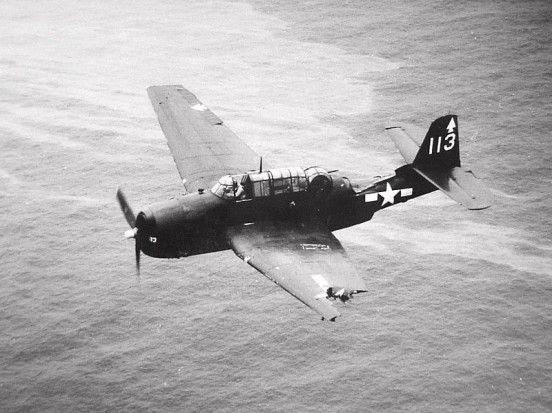

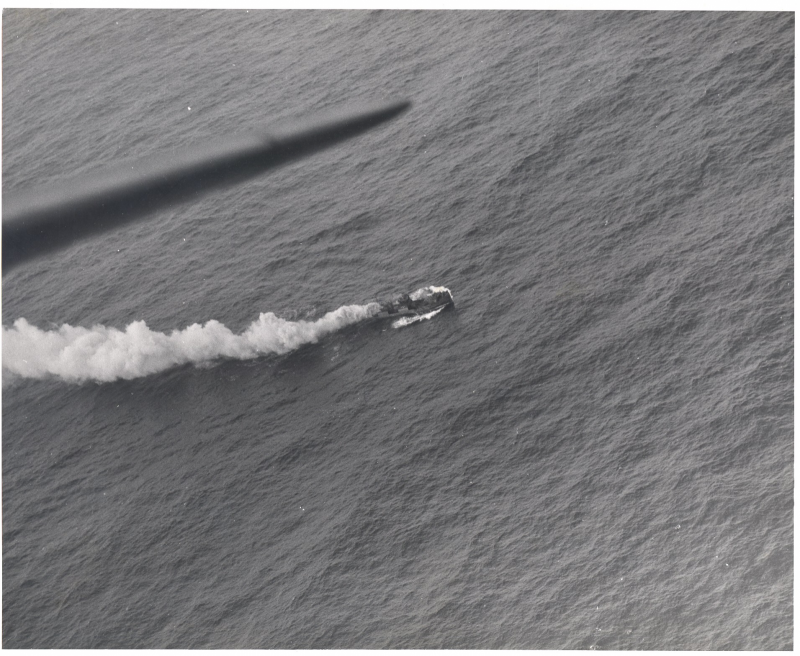
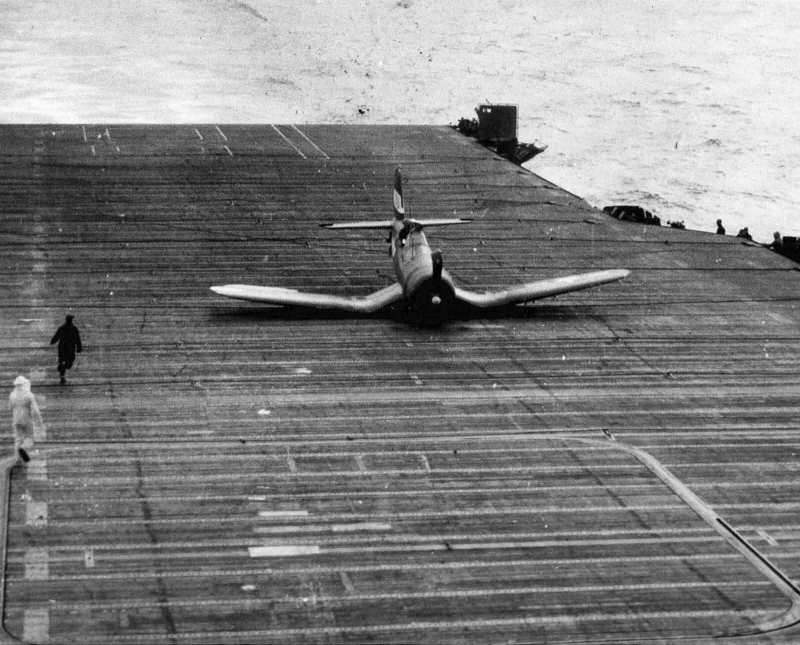
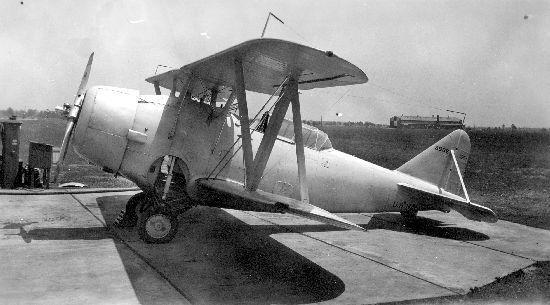
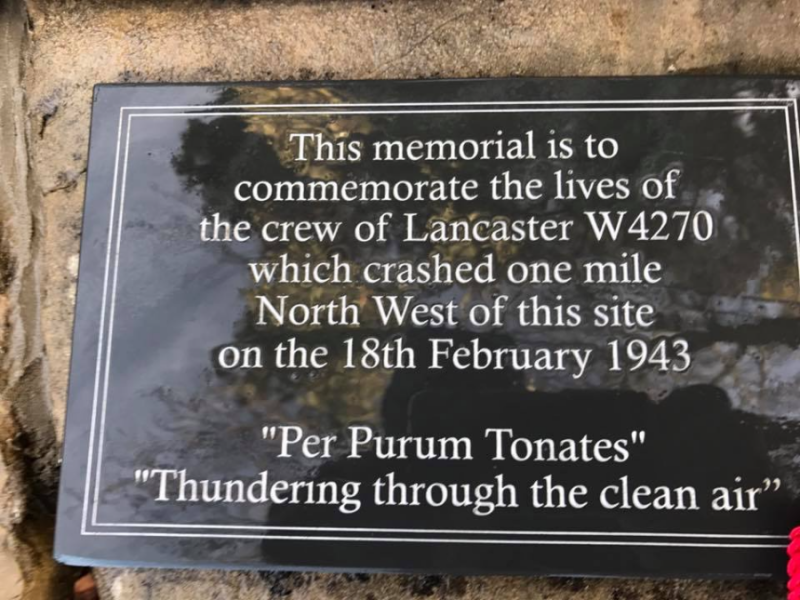
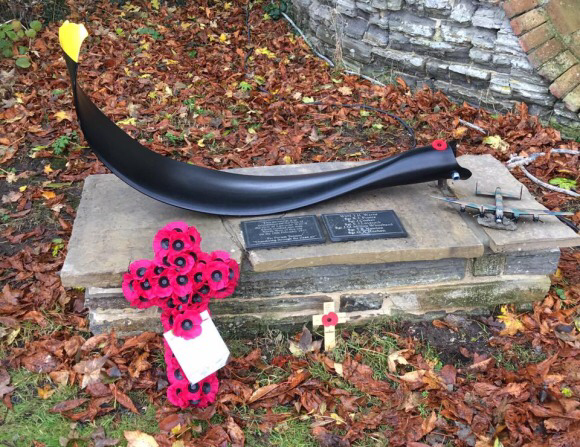

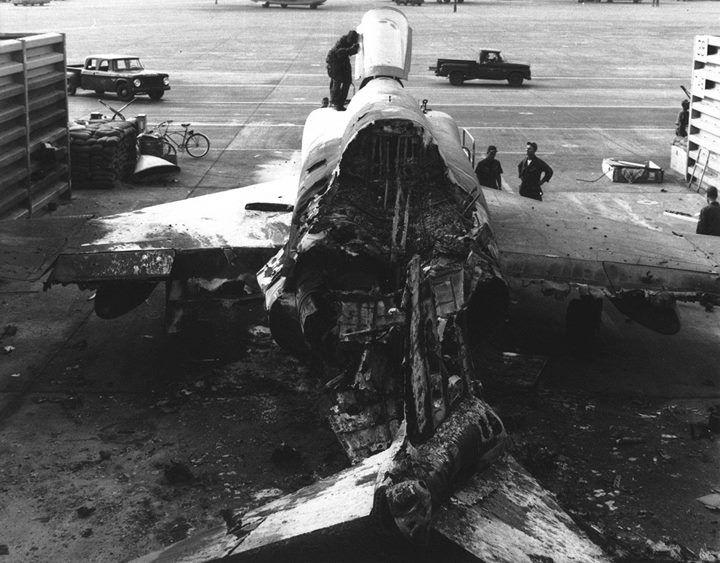
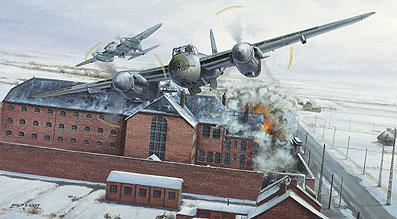
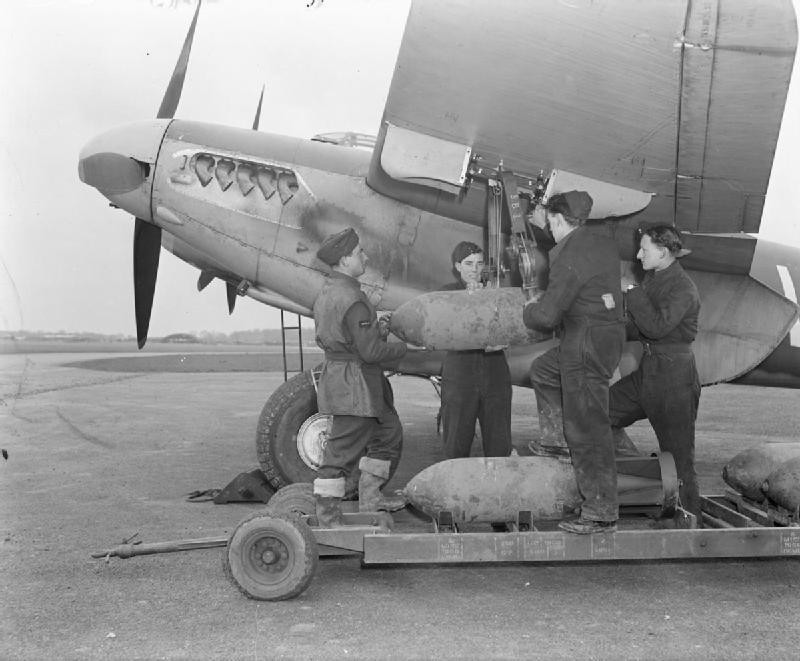
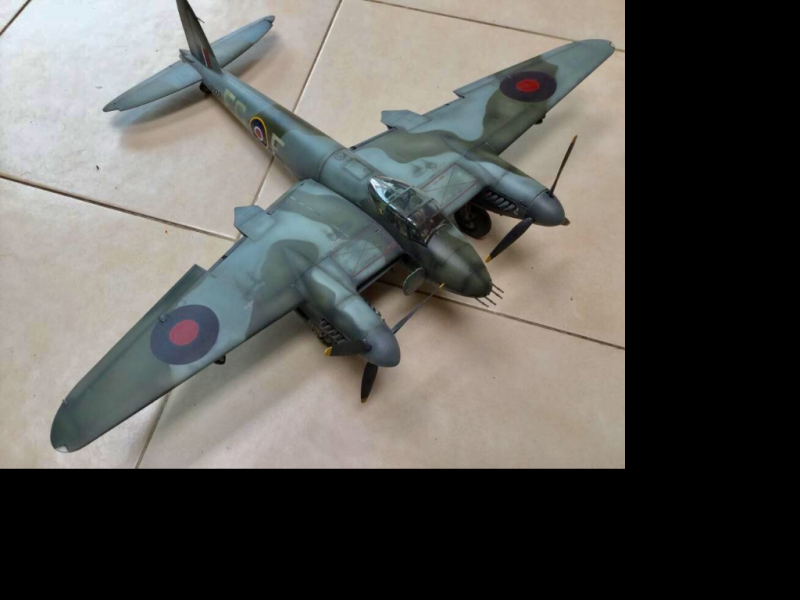

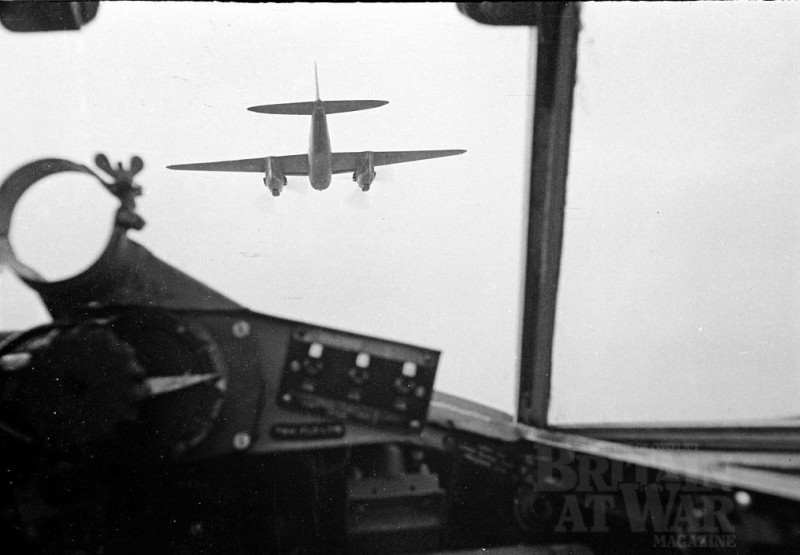
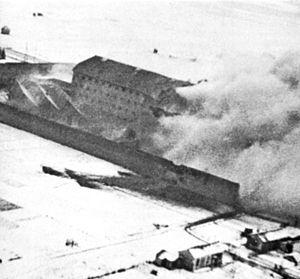

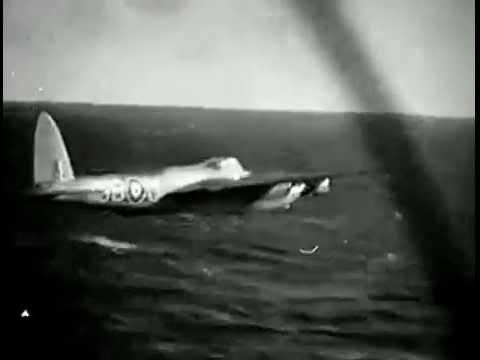

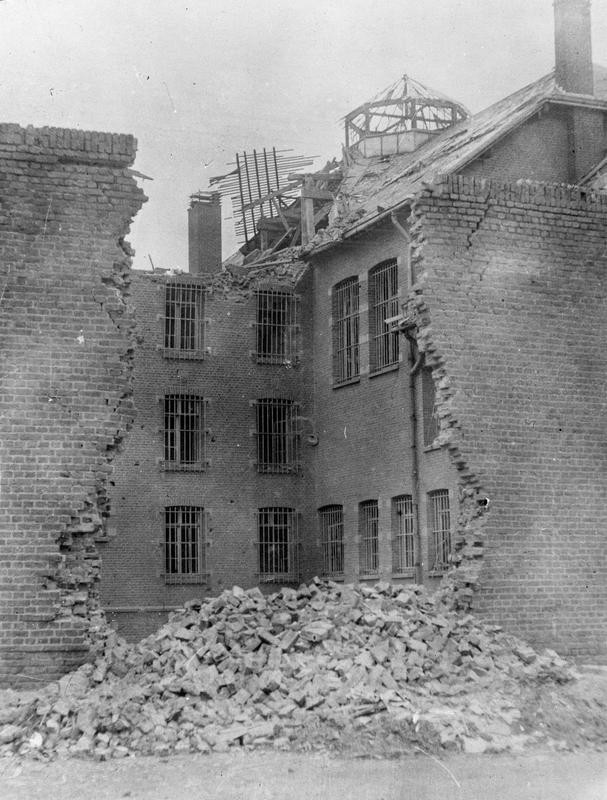

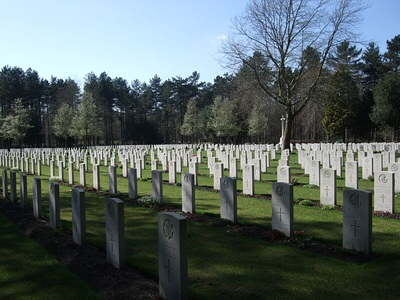
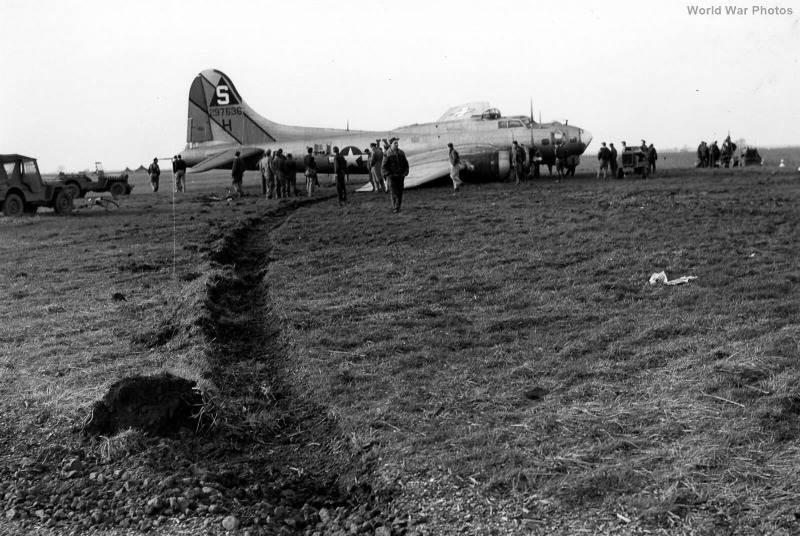
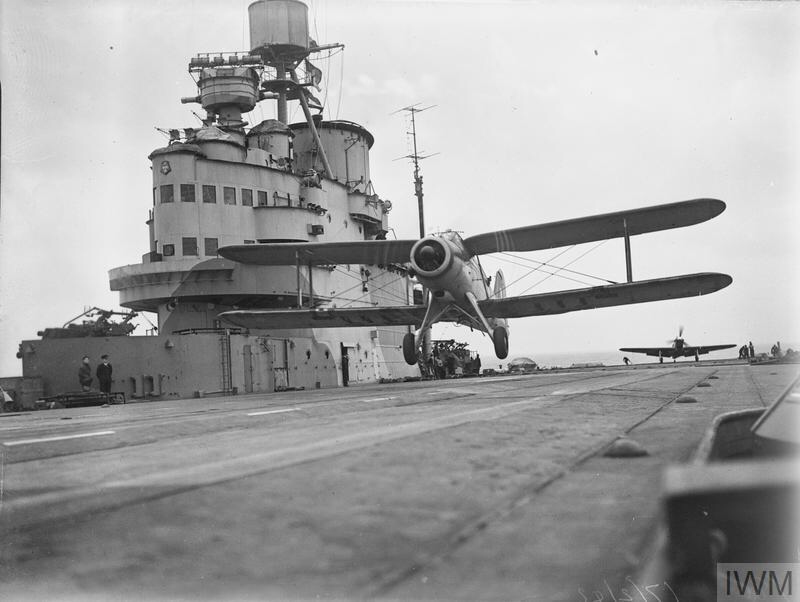


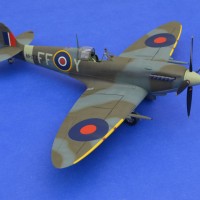
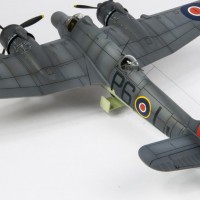
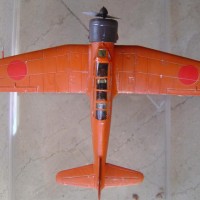
the avenger flying with damaged wings would be a unique diorama...chichi jima a.k.a iwo jima as the next day feb 19th the marines would land on iwo ...cool info.
Thanks, Mee Wan. I agree, the Avenger would be very cool to replicate. Thanks for posting - appreciate your input.
Thanks for sharing these, David. I’m going to file that VT-82 Avenger pic and eventually finish an AM kit in those markings.
Those Accurate Miniatures Avengers are fantastic. I have one that I’ll be making later in the year and really looking forward to it.
Operation ‘Jericho’ there always seems to be tragedy in triumph. The loss of life through the "Fog of War" and the promotion of either propaganda or victory. One thing the Mossie proved that precision bombing could be done. Another thing, I wonder if any of the prisoners where interviewed after the war? Since so many them chose to escape. They could have stayed ...given the choice.
I have seen the movie of the raid no computers or ground avoidance radar. Just pilot skill and nerve. Nap of the earth flying for hours...
The fact that one of the Mossies clipped a lamp post says all you need to know about how low they were flying.
Interesting collection of photos this time around, sir...well done.
For some reason there was a lot going on today - even had to cut a few photos. Thanks a lot, Craig.
It actually turns out that everything we "know" about the Amiens prison raid is wrong. The new online "Wingleader" magazine, put out by the very knowledgeable aviation artist/historian Mark Postlethwaite, has the real story in their first issue, which is available for download as a PDF at their website (wingleader.com).
For those who want their revised history without waiting: it was a mistake on the part of Allied intelligence. There were no resistance members in the prison (it was for local mostly-nonviolent offenders), the Germans weren't involved, the French were outraged by the raid and its results, the local Resistance was never involved and never asked for such a mission. And Pickard never dropped his bombs - his flight arrived early and circled to wait for the others, allowing an Fw-190 to catch him and shoot him down.
The whole fairy tale is 76 years of RAF propaganda to cover their fakakte (a Yiddish word that means exactly what it sounds like).
Tom, that’s why I put the ‘disclaimer’ in at the end. There’s a lot of controversy about the raid, with more than a few people believing it had more than a passing connection with D-Day. I’ll look forward to checking out the ‘Wingleader’ link.
When you look at the level of planning and secrecy that went into the raid,clearly someone thought it was a very necessary effort!
Great post David.
That B-17G crash is more likely 18 February 1945, due to the group markings on the bomber, which weren't adopted in 8th AF until after D-Day. The Captions Gremlins strike again! (I swear, the people who are supposed to protect history are too often the greatest threat to history)
The caption was completely my fault, Tom - '45 - now changed.
Aagh! That poor Phantom, that'd make an interesting diorama.
Robert, I KNEW that photo would catch you. Hope all’s well with you!
Hanging in there .and to you also.
Well you went and did it again... and wrote another great article my friend !
You really know how to push a person's buttons with these Corsair and Avenger photos... now toss in all of the wonderful Mossie pics on top of that. It's like frosting on a slice of cake. The other photos are like little sprinkles on top of the icing, especially the P-26 lineup and the B-17.
Thanks for taking to time to compose these articles. I really enjoy reading them. As usual, the story content is the best part...
We must always remember that Freedom isn't Free... Too often it's paid for in blood. We should be thankful for those who sacrificed so much for what we enjoy today... and occasionally take for granted.
"Lest we forget"...
Hello,
A small correction:
"Fairly Albacore landing on the deck of HMS Glorious in Iceland, 18th February, 1942."
That's an Illustrious class aircraft carrier and HMS Glorious was sunk on the 08th of June 1940.
Filipe, thank you, I have some files on the sinking (which in itself was controversial) for later in the year, so I ought to have known better.
Thanks,
David.